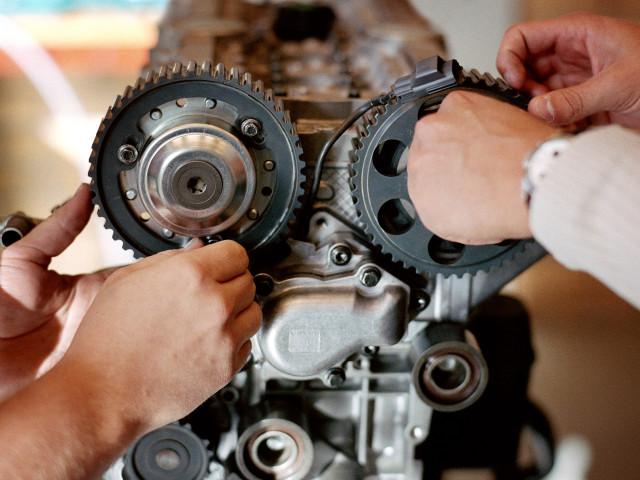The course covers design and performance - evaluation aspects by means of modellings tools and data from real installations. The course will also discuss, how the economy of an integrated energy system can be evaluated and which business models that can facilitate the implementation of such systems. Systems monitoring and control are important parts in the integrated energy systems to reach highest efficiency and economic advantages; therefore, they are also included.
The different integrated energy systems that are discussed in this course are always compared with independent typical solutions where advantages, disadvantages, limitations and challenges are presented.
Integrated energy systems including the following systems and components will be discussed:
- Heat pump systems: air and geothermal heat pumps for heating and cooling
- Commercial cooling systems
- Solar energy systems; thermal and photovoltaic (PV)
- Energy storage; thermal and electric
